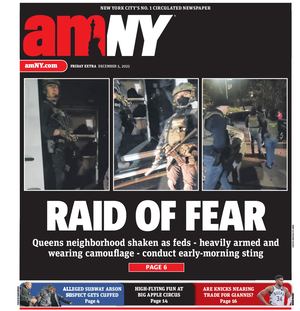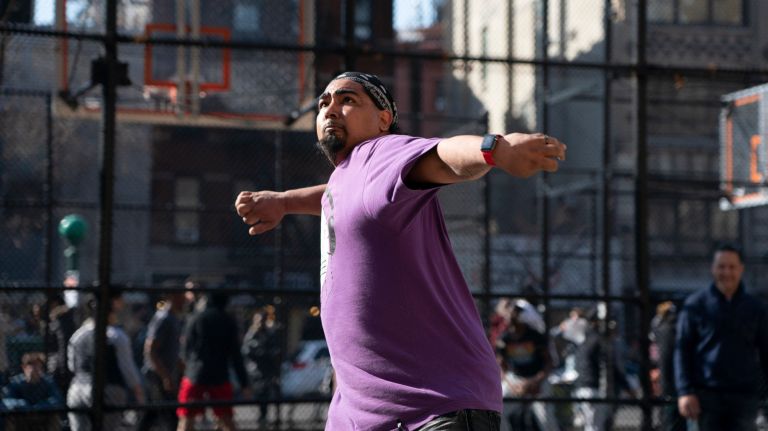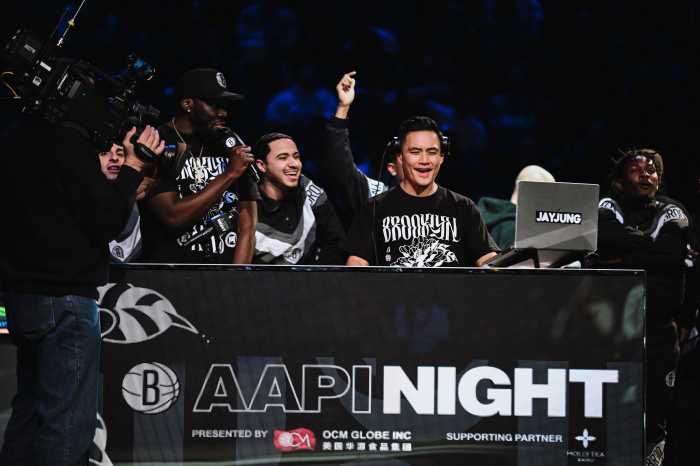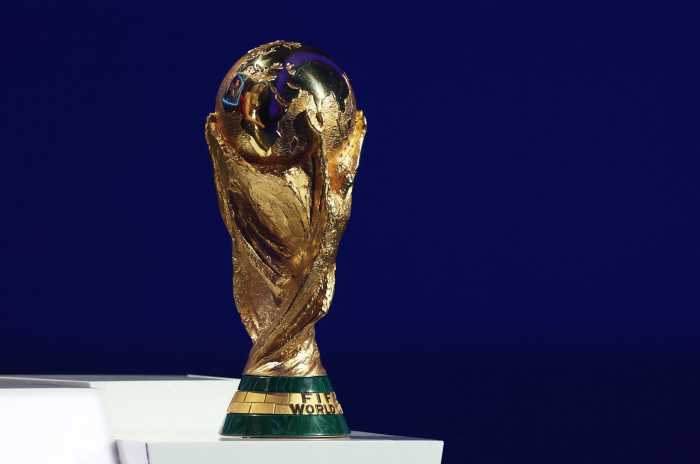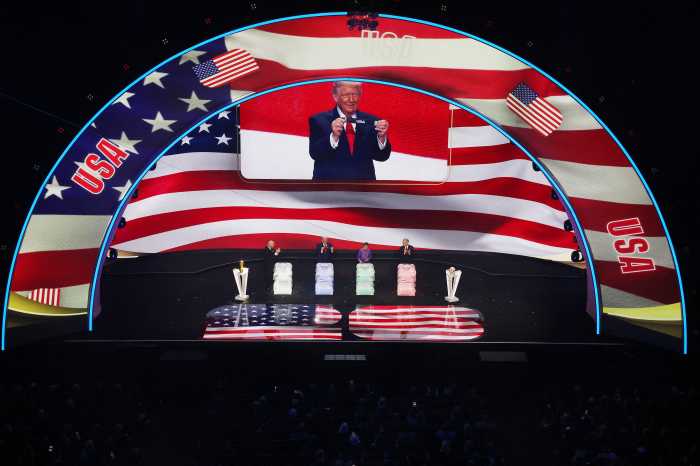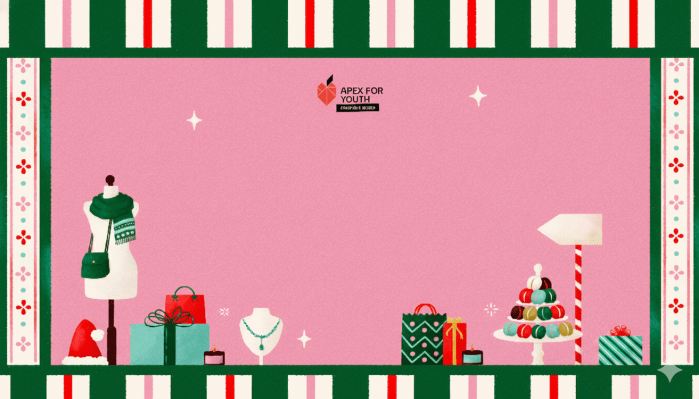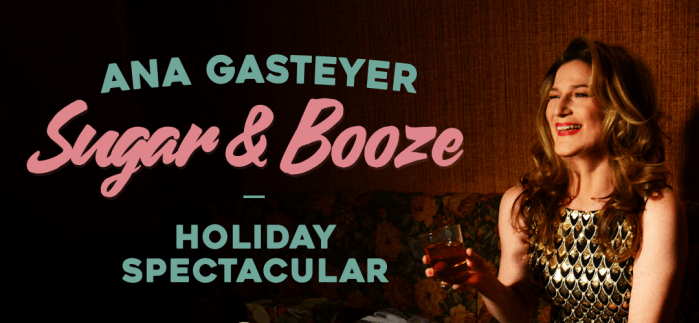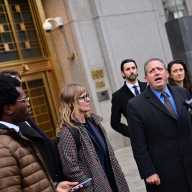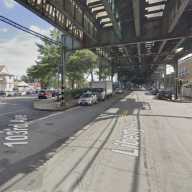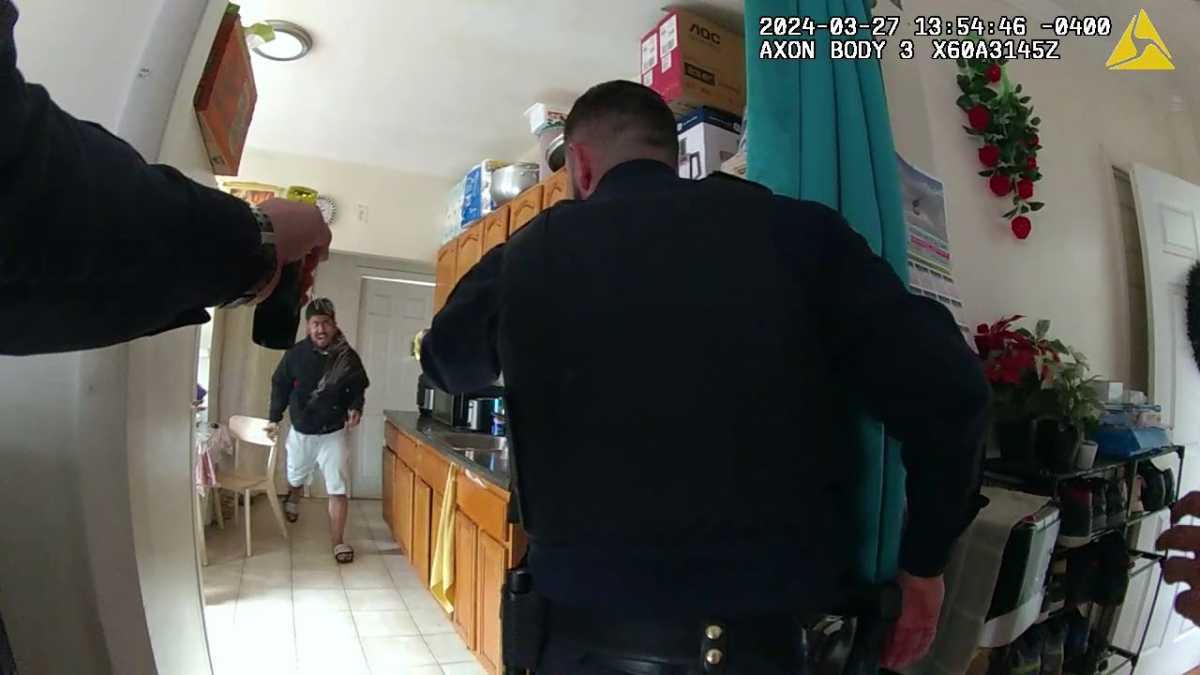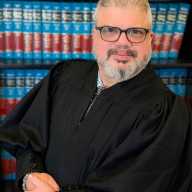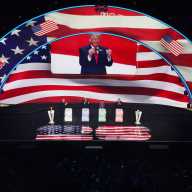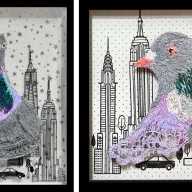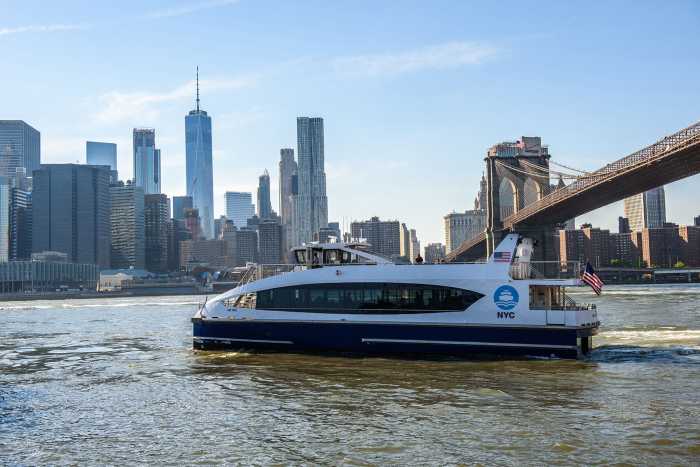
Amid Coney Island’s renaissance as a cultural and tourism attraction, the handball courts that sit behind America’s oldest functioning aquarium may go unnoticed to the untrained eye.
They have not undergone an upgrade as have other spots along Surf Avenue and the famed boardwalk, and perhaps it’s for the best. Like many good things in New York, some of handball’s older players believe, they are better discovered than advertised. But from June through August, the numerous handball tournaments that populate Coney Island and other New York City parks give spectators added reason to observe the action of one of the city’s oldest sports.
Beginning July 20 and 21, the street-venerated King of the Courts tournament takes place at Joseph Austin Playground in Jamaica, Queens, where world-class player Timothy “Timbo” Gonzales, who began his career at St. James Park in the Bronx, will defend his title after winning four of the last five years.
The history of New York City handball, usually played in singles or doubles, can be traced back to the 1800s, long before the rise of basketball, according to Bushwick player Raul Fantauzzi, a 2015 New York Handball Hall of Fame inductee. There are currently more than 2,000 handball courts that populate the city’s parks and schools, many of which began sprouting up in the 1930s as social outlets for immigrants and as safe spaces intended to reduce crime. Since handball only required at minimum two people, a wall and a rubber ball, the sport quickly gained traction. It didn’t take long for it to become a local spectacle, where immigrants of various origins would mix socializing and sport with more established residents.
“New York has been playing handball a lot longer than most places,” says Dan Pitre, a 20-year-old Bushwick native and one of the city’s most promising younger stars. “The culture at West Fourth Street is crazy. If you tell someone you’re from here, they look at you like you must be good. This park is known for making very strong players.”
Indeed, on a hot Tuesday in July in Manhattan’s Greenwich Village, pedestrians lined the fence along West Fourth Street to watch the games with rapt attention. Though the neighboring basketball courts have become the more popular attraction in recent years, handball’s condensed action and fewer fits and starts — there are hardly any fouls — make it a unique front-row occasion. Along with Coney Island, West Fourth Street is frequently regarded as the mecca of handball, a breeding ground for local and international talent seeking the toughest competition. Players from across the globe, including England, China and Japan, have come here to test their skills against the best.
While Coney Island is known for its old-school style of play that features trick shots and a more long-view perspective of play, West Fourth is known for its rapid, beatdown style.
“You train in Coney Island to get your mental game up, and then you go to West Fourth and play people who just attack you the entire game. West Fourth is known for being aggressive,” Pitre said.
Over the years, handball has accrued different names — from one-wall to wallball to small-ball — the variable being the size of the ball used. The annual King of the Court championships, regarded by local players as the most esteemed in the sport, will be played with the standard blue ball — referred to as “big blue” by veteran players. Meanwhile, the upcoming 59th annual USHA National One-Wall Championships beginning Aug. 1 use a smaller black ball, which is harder and more grueling on the hands but bounces higher and moves faster.
Though New York boasts King of the Court as well as the Buddha Memorial Tournament and the United States Handball Association nationals, the bounties for winning any of these tournaments are small. Executive Director of the USHA Vern Roberts says that the total cash prize for the National One-Wall Championship is $6,000, to be divided among its winners in several categories. The King of the Court prizes are even bleaker: $600 for first place and $300 each for second and third. If money isn’t a motivating factor, prestige and reputation is, and there is no shortage of that on the streets.
Pitre was introduced to West Fourth five years ago by John Wright, who calls the courts his home. Better known in handball circles as “Rookie,” Wright holds the record with seven King of the Courts wins in the 21 years since the tournament began. After playing together one afternoon, Wright was impressed enough that he told Pitre he wanted to take him under his wing.
Neil Hoos, a West Fourth veteran originally from Brownsville, Brooklyn and who discovered handball late, at age 40, believes that today’s players are faster and stronger than they have ever been.
“They’re also on social media,” Hoos said. “They’re able to connect with much more people throughout New York.”
Hoos fondly recalls a time when New York was making a bid to host the 2012 Olympics. He and others had hoped that their homegrown sport of handball would have caught the eye of potential sponsors. Though New York lost that bid, handball players remain optimistic about the sport’s future. Javier Gonzalez, 19, from Sunset Park, Brooklyn, is a promising up-and-comer with a plan.
“If handball organizations were to come together and host free clinics to the public, this sport may have a chance to make it to the Olympics,” he said. “The younger you are, the better it is for the sport.”
Read more: Coco Gauff’s Olympic Journey Ends Early
